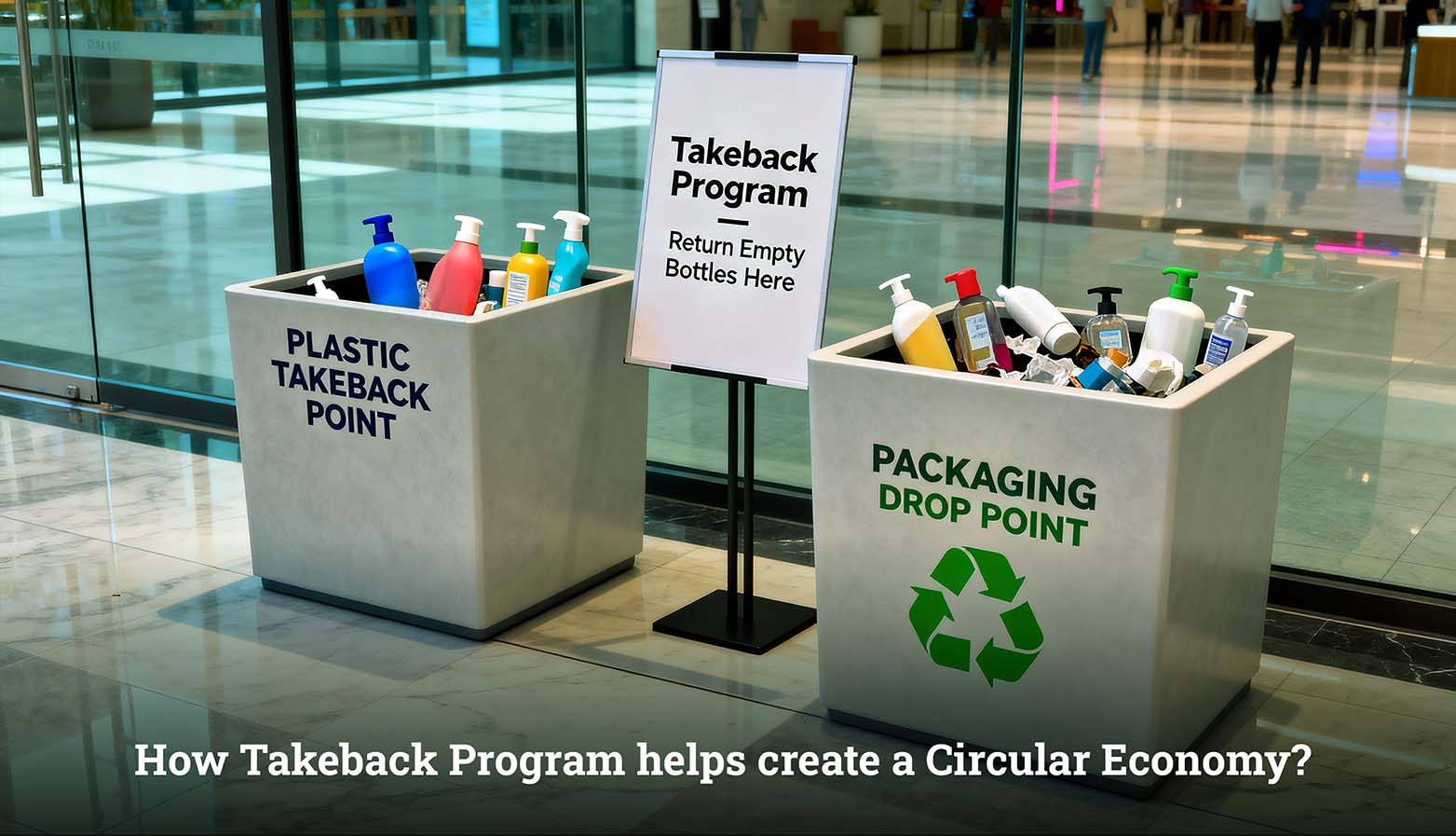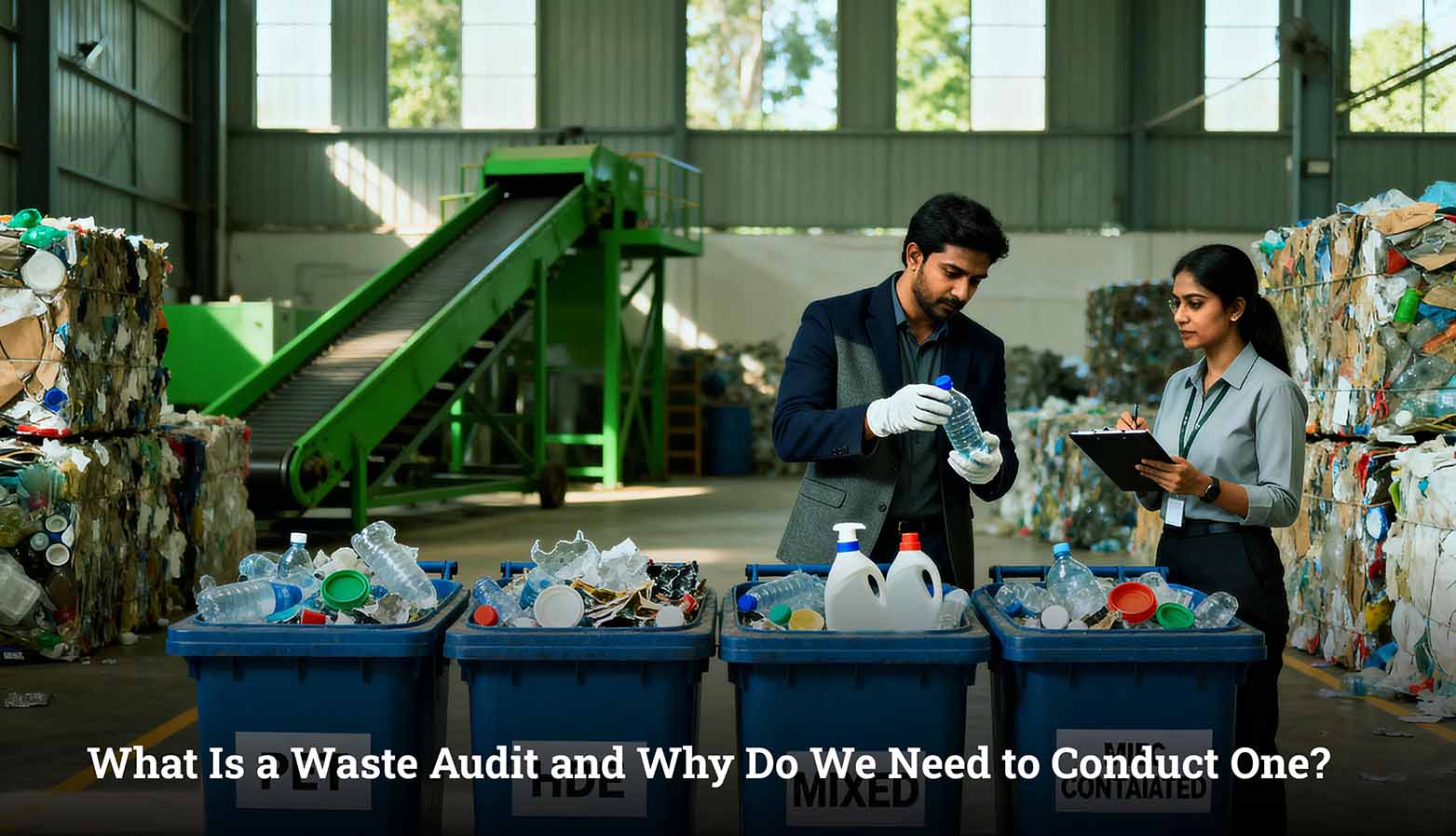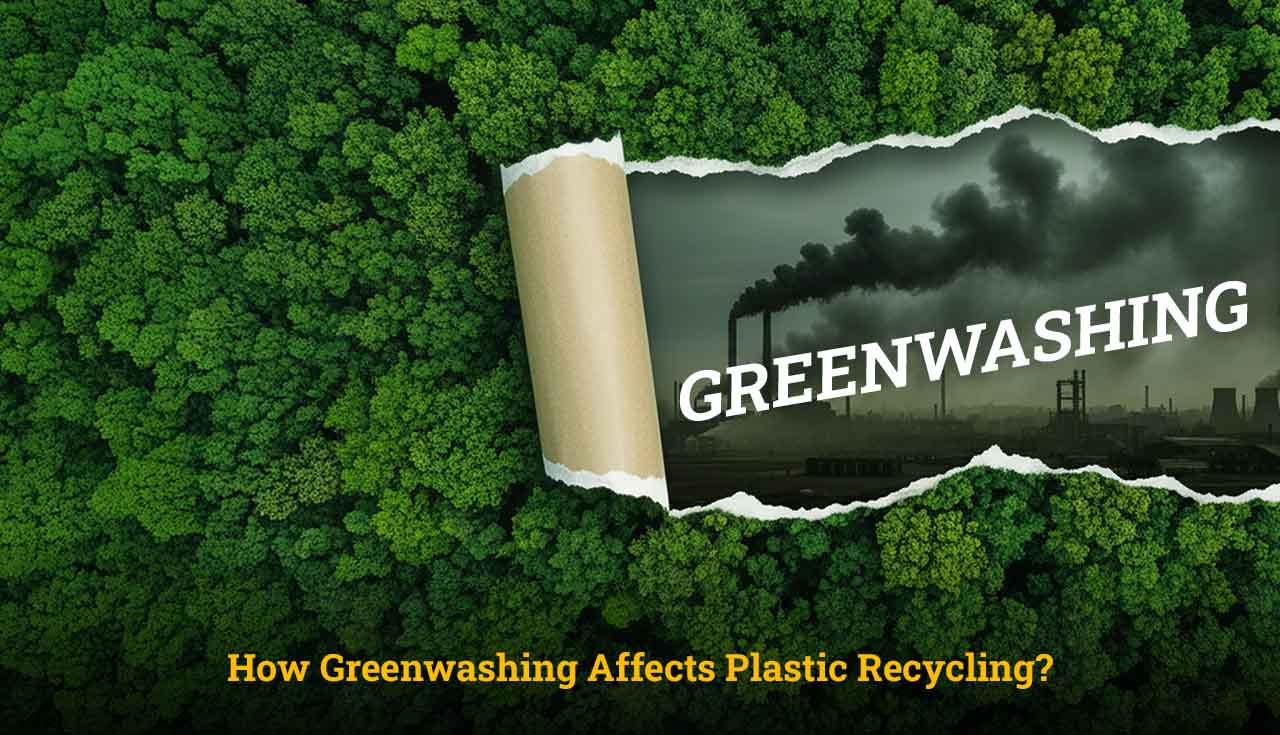Microplastics are plastic fragments that are smaller than 5 millimeters and have turned into a big environmental problem because they’re everywhere in nature. These tiny plastic pollutants enter oceans, rivers, soil, and even the air, creating negative impacts on wildlife and human health. Microplastics come from bigger pieces of plastic that break apart or are made small for certain uses.
Microplastics are found in water and food consumed, the clothes that are worn and also in the air that we breathe.The size of microplastics makes it hard to get rid of them from the environment, and they stick around for hundreds of years since they don’t break down. The environment faces a huge challenge as removing these particulates becomes increasingly difficult due to their tiny size, whilst their robustness ensures prolongation for centuries. Research highlighting the ability of these particulates to absorb toxic chemicals poses additional threats to organisms that consume them. In a bid to contain the growing crisis, it is pertinent to understand what microplastics consist of, their effects and value research into constituents of these pollutants. The objective of this blog is to emphasize the nature, sources, impacts, and consequences of microplastic pollution while creating awareness around how humans can come together to combat the deeper issues shrouding the environment.
Types of Microplastics
Different types of microplastics exist, and each involves distinct ways of contributing to environmental pollution. Studying the types of microplastics allows us to understand the diverse impacts and traces of these pollutants.
Primary Microplastics:
Primary microplastics are typically used for specific applications but, more often than not, find their way into our waterways. Common primary microplastic examples include tiny plastic beads used within cosmetics and pellets utilized in industrial processes.
Secondary Microplastics:
Secondary microplastics, on the other hand, represent a larger challenge. Plastic containers such as bottles and bags are often exposed to things like UV light, weather, or mechanical activity and break down into fragments over time. These smaller fragments contribute more towards oceanic pollution than larger plastics do. Secondary microplastics can also include microplastic pellets, fragmented plastics and foamed microplastics.
Fibers:
Frayed textiles made of synthetic materials like polyester or nylon release microfiber strands when washed, which then make their way into the waterways.
Films and Foams:
Plastic Bags or softer plastic packaging materials that degrade into thin films, releasing foam particles.
Sources of Microplastics
Microplastics have different sources. Both unintentional and deliberate activities create microplastics. Their origin is the secret to eliminating microplastic pollution.
Cosmetics and Personal Care Products:
Toothpaste and scrubs commonly have microbeads, a widespread example of a microplastic, which flows down drains.
Synthetic Textiles:
Clothes washed release microplastic fibers, a major source of secondary microplastics making its way into waste waterways.
Improper Plastic Waste Management:
Plastic waste that ends up in the environment, breaks down into microplastics with time, particularly in oceans.
Industrial Operations:
Plastic pellets used in plastic packaging manufacturing industries.
Tires and Coatings:
Abrasion of tires and peeling of road paints discharge microplastic pollutants in the air and soil.
Problematic Management of Microplastics
Microplastics are difficult to manage because they are small in size and distributed in large areas. Conventional waste management infrastructure cannot effectively trap the different types of pollutants.
Inadequate Filtration
Most wastewater treatment systems lack proper filtration systems to handle microplastics, and they consequently find their way into rivers and oceans.
Lack of Regulation
Strict norms and regulations on primary microplastics in products such as cosmetics.
Recycling Limitations
Not all types of plastics can be recycled, and incorrect disposal can result in the release of secondary microplastics into the environment.
Global Distribution
Microplastics are distributed by air and water currents, thus they constitute a global problem needing concerted efforts.
Impact of Microplastics
The impact of microplastics in our environment presents great danger to ecosystems, wildlife, and even human health. It poses an immediate threat due to its ability to accumulate and persist over time.
Marine Life
In oceans, microplastics ingested by animals and fish can lead to chemical poisoning.
Human Health
Microplastics that are found in human blood, salt, and drinking water raise great concern and research shows associations to long term illnesses.
Ecosystem Disturbance
Changes in the chemical composition of the soil and water due to soil microplastic pollutants influence the development of plants and the soil-dwelling microorganisms.
Economic Costs
Contaminated waters and beaches hinder the growth of the fishing and tourism industries.
Solutions to Reduce Microplastic Pollution
To adequately manage microplastic pollution action is required from people to companies to local governments, who individually need to play their part. Below are some of the more practical options to reduce microplastics.
Actionable Ideas:
Avoid Single-Use plastics
Work towards replacing disposable plastics with sustainable alternatives like cloth bags, glass jars etc for daily activities.
Improve Waste Management
Use recycling and filtration devices capable of capturing microplastics before streams of water carry these microplastics into larger bodies of water.
Support Legislation
Promote the use of sustainable alternates and legislation promoting the use of recycled plastic packaging and more responsibility on the plastic producers.
Raise Public Awareness
Educate consumers and brands on “what are microplastics” and why they should be concerned about sustainable synthetic clothing.
Research and Develop
Find ways to limit the implementation of secondary microplastics and ban the use of single-use plastics.
Conclusion
Having microplastics all around us can be detrimental on such a large scale it can impact our future.Knowledge on the impact of using microplastics, the barriers, the sources, and actionable steps allows us to take tangible steps forward. Striking a balance between environmentally friendly practices and technological support can greatly contribute towards a sustainable future. If microplastics are tackled at a universal level, future generations will greatly benefit by having pristine ecosystems, wildlife, and a rich biodiversity essential for healthy living.
FAQ's
What are the 2 main causes of microplastics?
The two main causes contributing to microplastics are the cosmetics industry’s usage of microbeads, along with the decomposition of plastic waste into secondary microplastics. Other microplastic examples include generations from the textile industry, vehicle tires, the paint industry and the plastic packaging industry.
Do microplastics accumulate in the human body?
Microplastics are said to be present and stored within the human body, predominantly since they have been detected in blood as well as the lungs. Current research indicates accumulation over periods of time can be linked to lung inflammation, organ damage and effects on the endocrine system.
What industries contribute most to microplastic pollution?
Textiles, beauty, packaging, and transportation through tire abrasion from the most prominent industries associated with the pollution of secondary microplastics. All these industries significantly contribute to plastic pollution.
What are some everyday habits to prevent microplastic pollution?
Planning errands so that fewer travel miles are required, carrying reusable cloth bags, refraining from using synthetic clothes, and wearing clothes made from natural fibers assist in curbing microplastic release.
To read more about single use plastics and its impact : Understanding Single use Plastic: Impact, Pollution, and Solutions

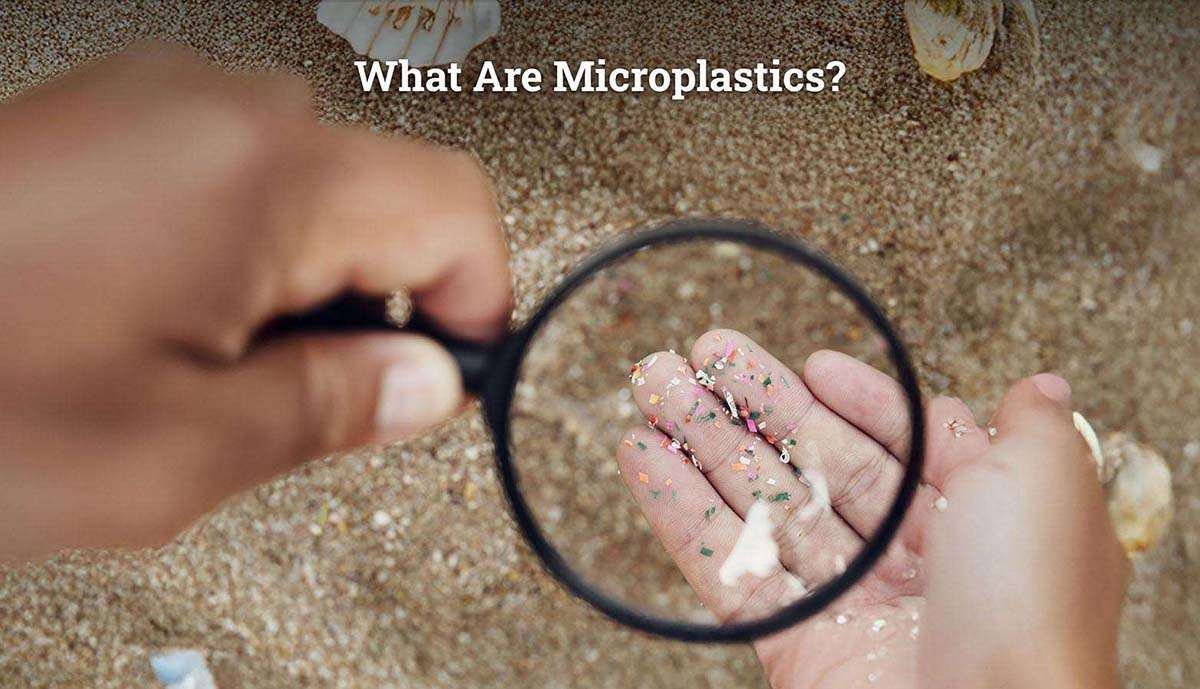
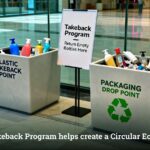 What is Takeback Program & Their Role in Building a Circular Economy
What is Takeback Program & Their Role in Building a Circular Economy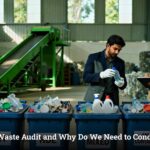 What Is a Waste Audit and Why Should Recycling Companies Conduct One?
What Is a Waste Audit and Why Should Recycling Companies Conduct One?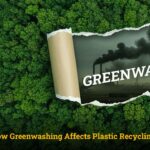 How Greenwashing Affects Plastic Recycling?
How Greenwashing Affects Plastic Recycling?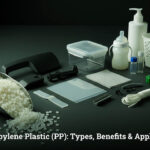 What is Polypropylene Plastic?
What is Polypropylene Plastic? Why Choose Banyan Nation as your EPR Consultant in India?
Why Choose Banyan Nation as your EPR Consultant in India?